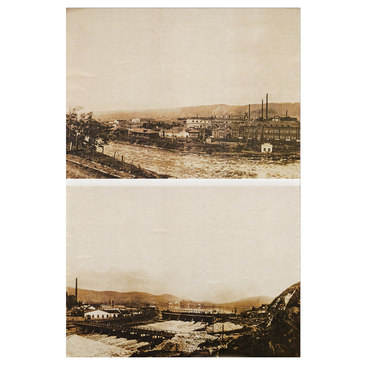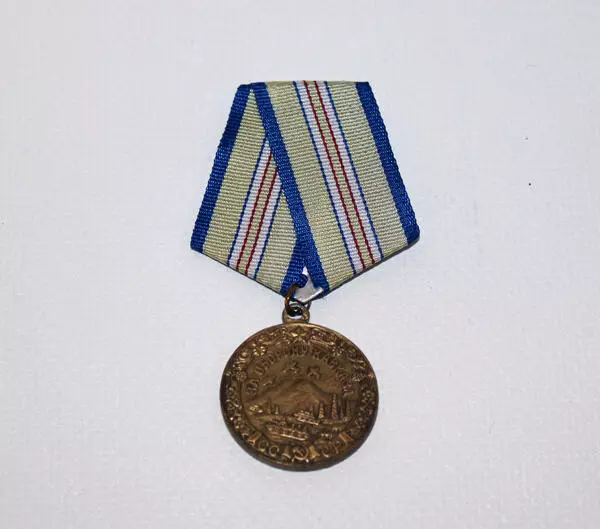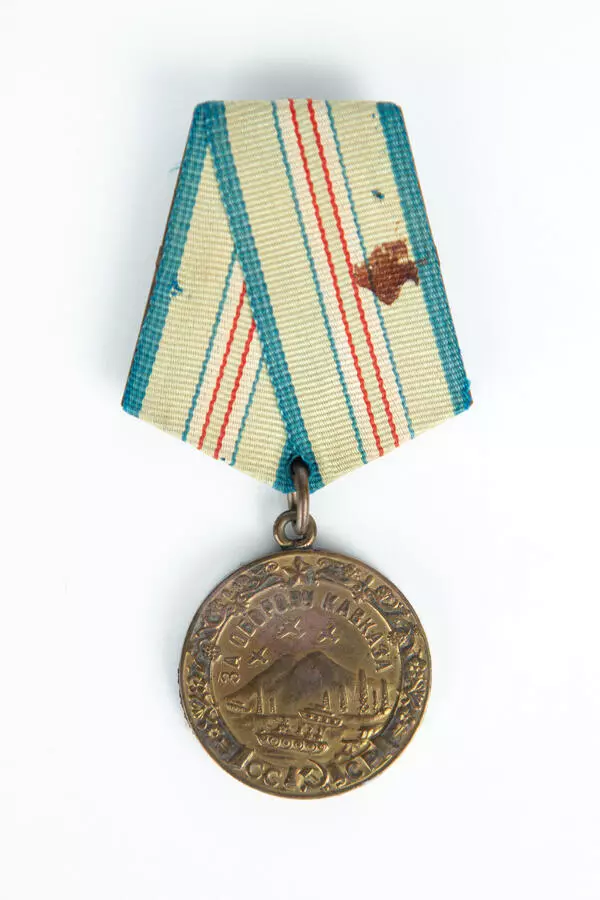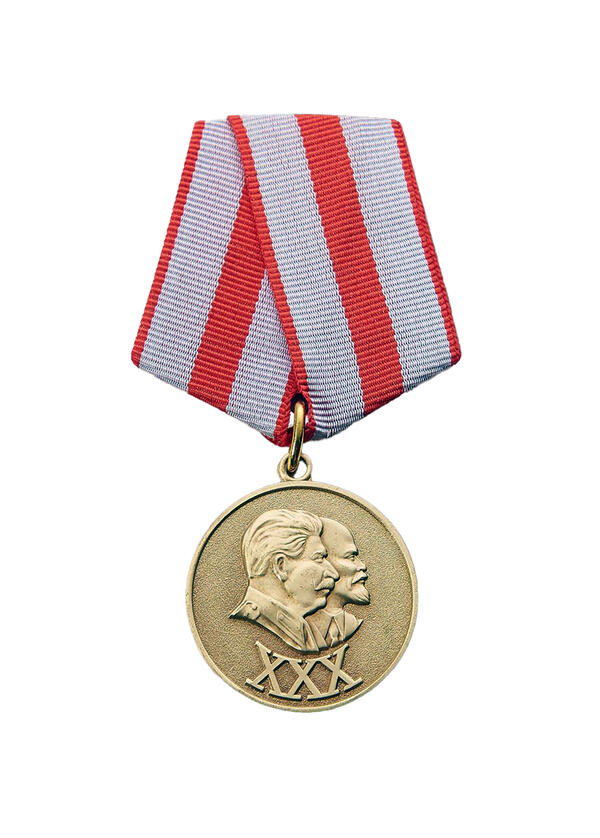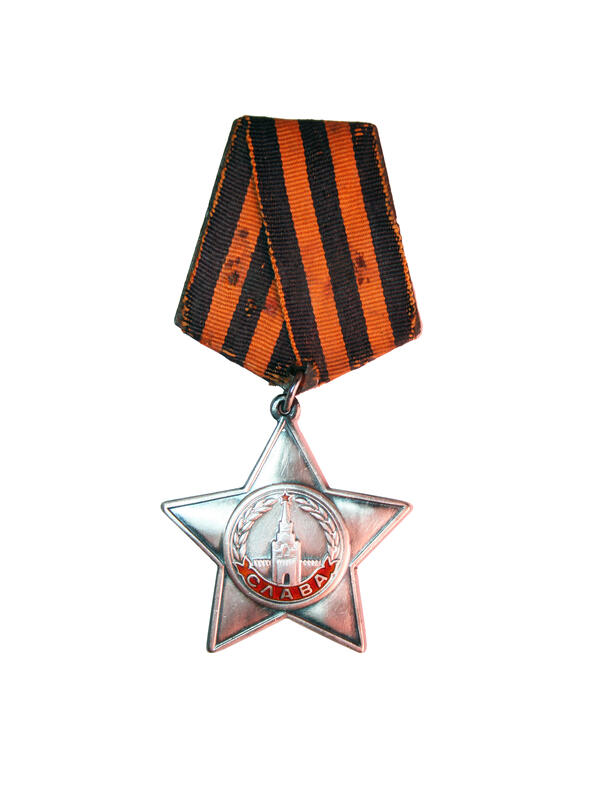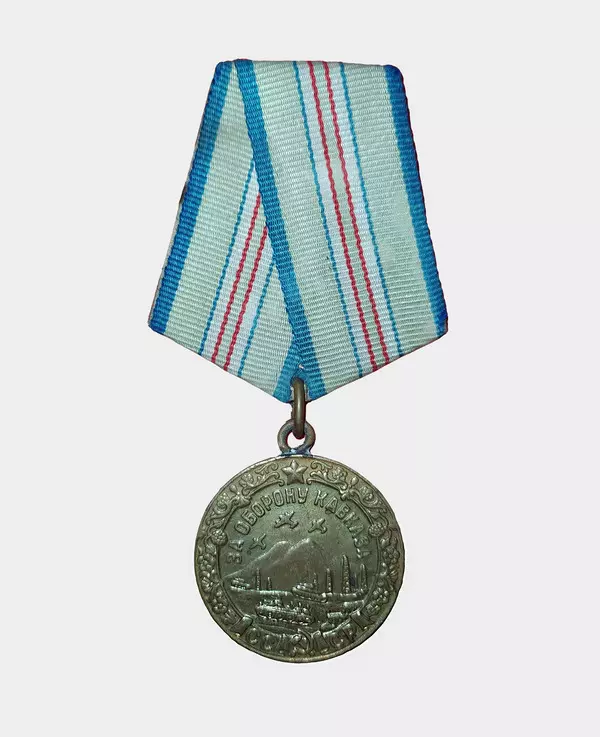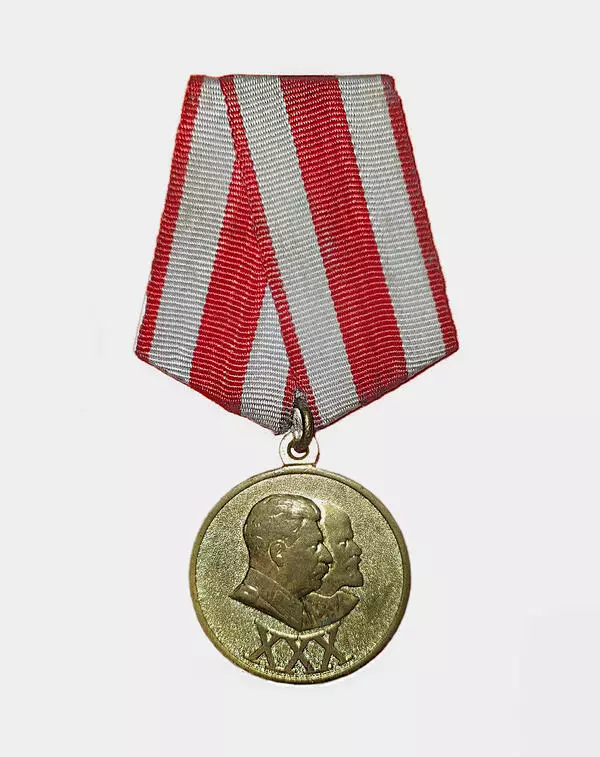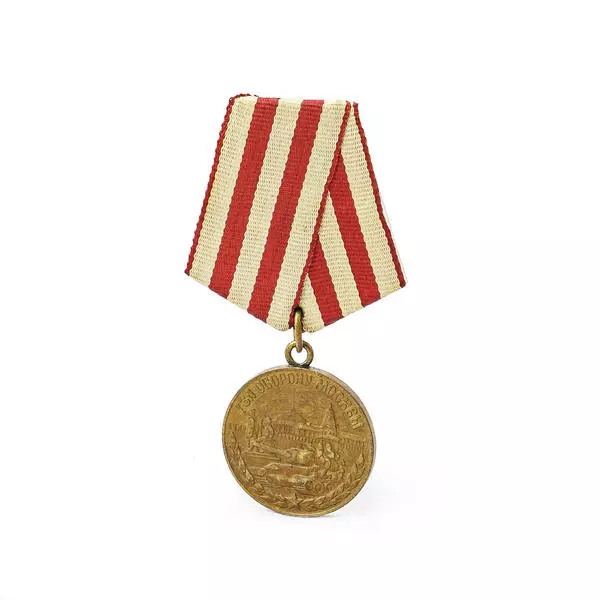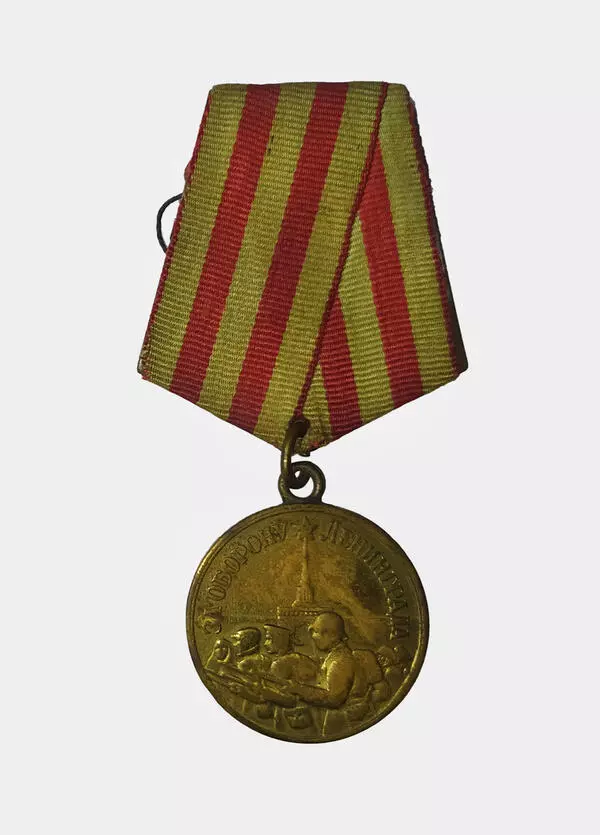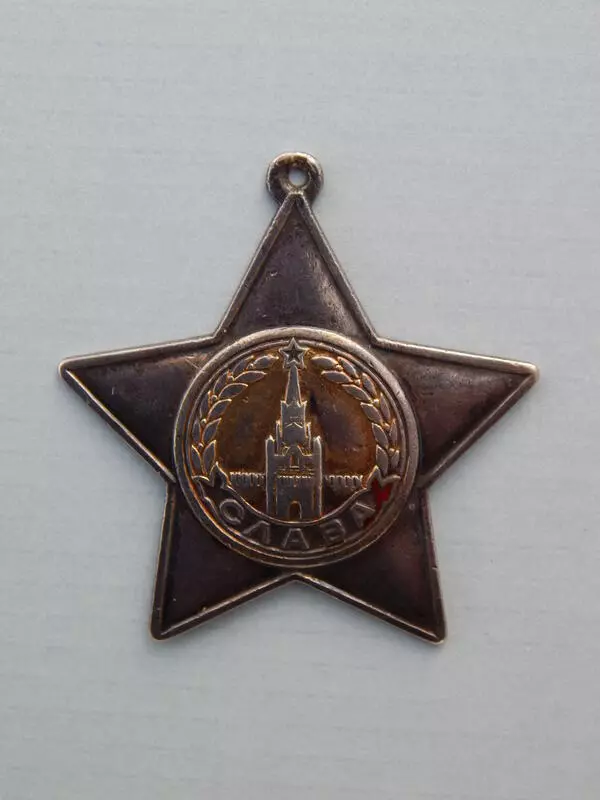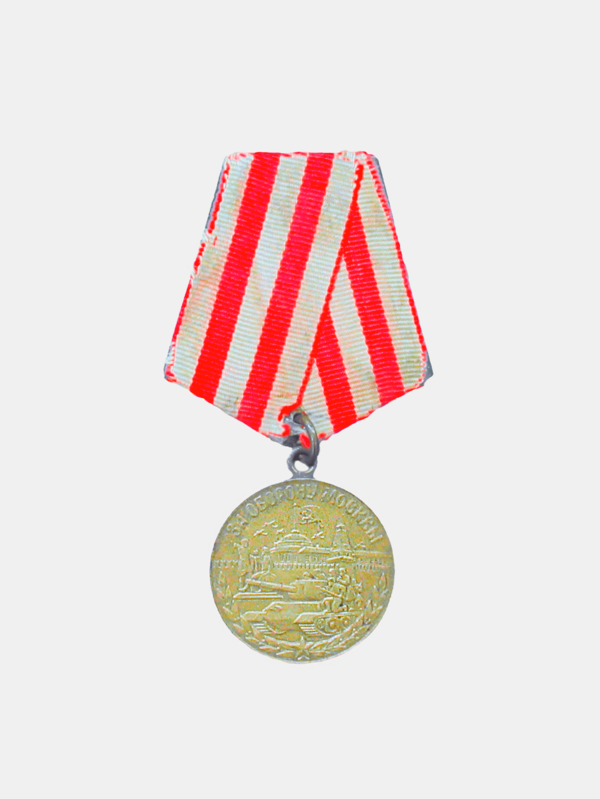Two formations of the Reich Army Group South were intensely moving deep eastwards in the summer of 1942. Group A was moving towards the Caucasus. The main objectives were to seize oil-rich territories of the Checheno-Ingush ASSR and Azerbaijan and to occupy the port of Novorossiysk, a strategically important base of the Black Sea Fleet. Meanwhile, Army Group B was preparing an assault on Stalingrad in order to block the Volga, the main waterway connecting the Caucasus and the European part of the USSR.
Despite the fact that Army Group South consisted of two parts, the commissioned strength and manpower resources of Group A heading to the Caucasus for the assault was superior to the defender in manpower by a factor of 1.5, in the air force power 8 times, in tanks and self-propelled gun mounts 9 times.
The invasion of Hitler troops to the Caucasus was initially successful. Almost the entire Kuban region was occupied by the late summer of 1942. At the same time, the Germans planted their flag on the south-eastern slope of the Mount Elbrus at the altitude of 4130 m having seized the hotel Priyut Odinnadtsati.
In early autumn, the fascists occupied almost all of Novorossiysk after fierce fighting. But due to heavy losses the Germans had to discontinue further advancement and smoothly took up the defensive positions.
By the end of September, mountain troops of the Wehrmacht seized the Sanchar and Marukh mountain passes of the Greater Caucasus Mountain Range. However, the further invasion into the Caucasian territory was stopped by the Soviet Army. Unstable equilibrium of the opposing parties lasted until the end of December. Besides, the successful operations of the Soviet Army at Stalingrad put the Germans in danger of being encircled and cut off from their command.
Soviet troops undertook a large-scale offensive to the North Caucasus on the 1st of January, 1943. To avoid encirclement and certain death, Hitler troops withdrew westwards.
In February 1943, the assault force of Soviet troops that landed near Novorossiisk seized a beachhead named Malaya Zemlya. Novorossiysk was being recaptured from the Germans until as late as autumn, and on 16 September 1943, the city was liberated.
A number of large-scale air battles between Soviet and German air forces unfolded in the sky over the Krasnodar region from April to June 1943. There were days when up to 100 aircraft took part in battle on both sides. This period went down in the history of World War II as the stage of the longest and most devastating air battles. These battles resulted in a radical change in the Caucasus campaign. The USSR Air Force dispelled the myth about the invincibility of the Luftwaffe units.
Having liberated the Taman Peninsula, the Soviet Army completed the defence of the Caucasus.
The medal For the Defence of the Caucasus was established on the 1st of May, 1944, by the decree of the Presidium of the Supreme Soviet of the USSR to commemorate real heroes and as an award given to the military, soldiers, sailors of the Black Sea Fleet, troops of the NKVD who took part in these battles, as well to civilian persons.
As of 1985, the medal had been awarded to 870 thousand people.
Despite the fact that Army Group South consisted of two parts, the commissioned strength and manpower resources of Group A heading to the Caucasus for the assault was superior to the defender in manpower by a factor of 1.5, in the air force power 8 times, in tanks and self-propelled gun mounts 9 times.
The invasion of Hitler troops to the Caucasus was initially successful. Almost the entire Kuban region was occupied by the late summer of 1942. At the same time, the Germans planted their flag on the south-eastern slope of the Mount Elbrus at the altitude of 4130 m having seized the hotel Priyut Odinnadtsati.
In early autumn, the fascists occupied almost all of Novorossiysk after fierce fighting. But due to heavy losses the Germans had to discontinue further advancement and smoothly took up the defensive positions.
By the end of September, mountain troops of the Wehrmacht seized the Sanchar and Marukh mountain passes of the Greater Caucasus Mountain Range. However, the further invasion into the Caucasian territory was stopped by the Soviet Army. Unstable equilibrium of the opposing parties lasted until the end of December. Besides, the successful operations of the Soviet Army at Stalingrad put the Germans in danger of being encircled and cut off from their command.
Soviet troops undertook a large-scale offensive to the North Caucasus on the 1st of January, 1943. To avoid encirclement and certain death, Hitler troops withdrew westwards.
In February 1943, the assault force of Soviet troops that landed near Novorossiisk seized a beachhead named Malaya Zemlya. Novorossiysk was being recaptured from the Germans until as late as autumn, and on 16 September 1943, the city was liberated.
A number of large-scale air battles between Soviet and German air forces unfolded in the sky over the Krasnodar region from April to June 1943. There were days when up to 100 aircraft took part in battle on both sides. This period went down in the history of World War II as the stage of the longest and most devastating air battles. These battles resulted in a radical change in the Caucasus campaign. The USSR Air Force dispelled the myth about the invincibility of the Luftwaffe units.
Having liberated the Taman Peninsula, the Soviet Army completed the defence of the Caucasus.
The medal For the Defence of the Caucasus was established on the 1st of May, 1944, by the decree of the Presidium of the Supreme Soviet of the USSR to commemorate real heroes and as an award given to the military, soldiers, sailors of the Black Sea Fleet, troops of the NKVD who took part in these battles, as well to civilian persons.
As of 1985, the medal had been awarded to 870 thousand people.



